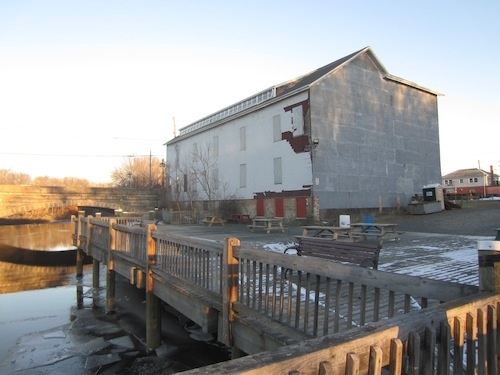OpenGov Voices: The new frontier in Government transparency

Transparency might not be the first word that comes to mind when you think about the real estate market and for good reason. Aren’t deals struck behind closed doors and within old boys’ networks? Don’t development projects require some level of secrecy to prevent overzealous speculation on land prices?
Yet, many recent innovations in real estate have been based on the premise of open information. Think Zillow, Costar and RedFin. By creating nation-wide systems that connect sellers and buyers, these platforms have made the market more competitive, efficient and liquid.
But these innovations and market improvements apply mostly to the privately owned properties, leaving a big hole in the service model. This hole represents the holdings of the largest real property owner segment in the United States – public land held by governments.
Given that governments own so many real estate assets and that they are strapped for cash, you would think they would be participating in this market evolution. So why aren’t they?
While governments acquire and divest property all the time, buying property from the government has unique challenges that private market solutions do not address.
-
Governments do not have channels through which to market their properties. Without a broker, government listings don’t make it onto the Zillows, Costars and Trulias. In the rare instances when they do make it online, these profiles are poorly maintained. More commonly, sales are advertised by physical signage or listed on a PDF document deep within their own (less popular) websites.
-
Many government properties do not appeal to mainstream developers. Distressed properties, small lots, brownfields. Brokers aren’t beating down doors to represent these gems because they are hard to sell and provide little financial reward.
-
The process of engaging with the government to acquire a property is cumbersome and difficult. It involves many stakeholders and is unpredictable. Policies originally designed as safeguards against corruption can end up as serious hindrances for developers tackling complex projects that can require mutual trust, collaboration and complex financing.

So how might we address these difficult problems? At OpportunitySpace, we believe government transparency is a powerful tool that can unlock the billions of dollars of unrealized value and opportunities missed to use public land for public good. We drive transparency by aggregating and publishing actionable information about public property inventories, sale mechanisms, development plans and incentives.
-
We consolidate and make public a user-friendly database of government properties that adheres to industry norms, is open to all and appeals directly to a range of potential end users.
-
We feature and facilitate creative, community-driven redevelopment projects and we seek to make the process for buying government property less opaque so that non-traditional developers can navigate it.
-
We create streamlined engagement channels that enable the government to communicate development priorities directly to potential investors to reduce transactional risks.
So how are we driving change today? Through the generous support of the Sunlight Foundation, we are partnering with a coalition of cities in Rhode Island to implement our platform and spur development in regions that need it most.
One such place is the City of Central Falls, which recently emerged from bankruptcy filed in 2011. Along the Blackstone River, sandwiched between a waterfall and a marsh, a historic waterfront mill was built here in 1875, locally known as Central Falls Landing. After years of neglect in private hands, the city purchased the mill in 2012 and today is actively trying to sell the property. Central Falls is partnering with OpportunitySpace to list and market this property, a potentially catalytic project for the entire Blackstone River Valley, highlighting the incentives the government has pulled together to facilitate its redevelopment.
Transparency is a first step for cities like Central Falls to find productive reuses for their vacant and underutilized property. It won’t be easy to find a capable developer that is passionate about preservation, wildly optimistic about the odds of success and stubborn about the challenges they will face. Transparency, in this case, is not only an accountability mechanism to prevent abuse of land resources, but also the way to help identify and assist development partners to build a stronger community.
Cristina Garmendia is the co-founder of OpportunitySpace, a start-up based at the Harvard Innovation Lab. OpportunitySpace is a web-based platform that enables governments to utilize their land and building assets to execute core operations and achieve social and economic policy objectives more effectively. OpportunitySpace is also a Sunlight Foundation OpenGov Grantee. You can reach Cristina on cristina@opportunityspace.org
Interested in writing a guest blog for Sunlight? Email us at guestblog@sunlightfoundation.com

